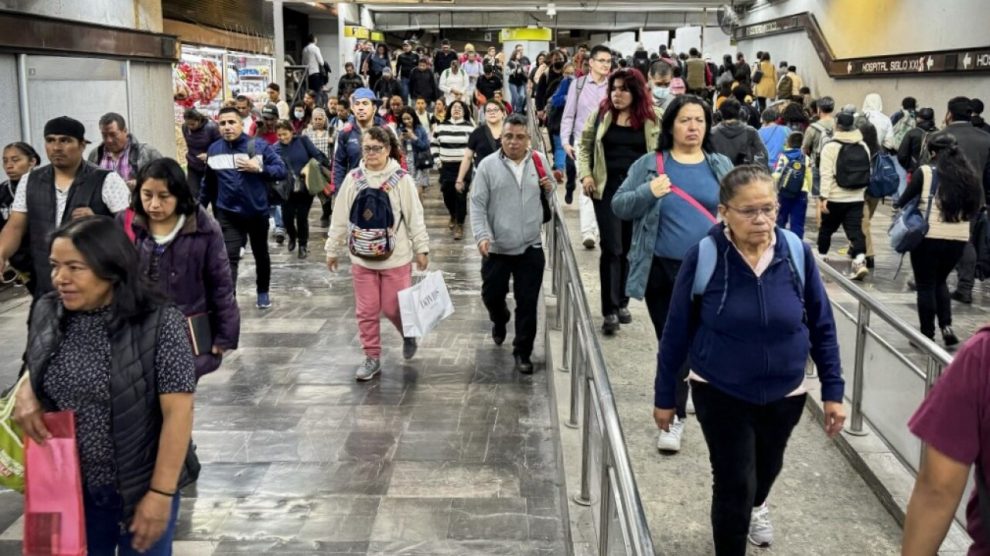For Claudia Sheinbaum’s first two years, the forecast is also low, as it indicates that the country’s economy will grow 1.5% by 2025 and 1.6% by 2026.
Although Mexico has increased the level of private investment, taking advantage of nearshoring and friendshoring opportunities, as well as public investment, particularly in infrastructure projects, it has not yet shown an impact on its Foreign Direct Investment.
The World Bank highlights that flows to the nearshoring destination, which is Mexico, remained practically unchanged in the last 10 years.
Latin America and the Caribbean’s growth will slow to 1.9% this year from 2.1% in 2023 before growing again in 2025.
The World Bank, which warned in a report that so far the region has lost the opportunity for progress generated by global changes in supply chains.
Overall, public and private investment in the region remains insufficient, while the promise of growth opportunities derived from nearshoring has not been fulfilled. The main reasons for this remain the high cost of capital, low levels of education, poor infrastructure and social instability, according to the World Bank.
The 1.9% growth estimate is higher than forecasts of 1.8% in June and 1.6% in April.
Next year, the region’s economy is estimated to accelerate to a growth rate of 2.6%, down from the World Bank’s previous forecast of 2.7%.
Inequality remains very high throughout the region and high taxes on productive investment limit growth.
This, along with a persistent shortage of government funding, indicates that taxing wealth is an option to increase income, according to the report, which warns that the rich need to be taxed wisely.
“Financial assets are easy to move and hide, and tracking them requires significant global coordination,” the report notes, while “properties, such as real estate, are generally less mobile and easier to value.”
The report notes that 80% of the region’s wealth is in the hands of real estate.
While that figure declines globally as countries become more developed, “the proportion of wealth tied to property is especially high in Latin America and the Caribbean, reflecting a marked cultural preference for housing and perhaps a preference for a tangible hedge against recurring episodes of inflation.
With information from Reuters
















Add Comment